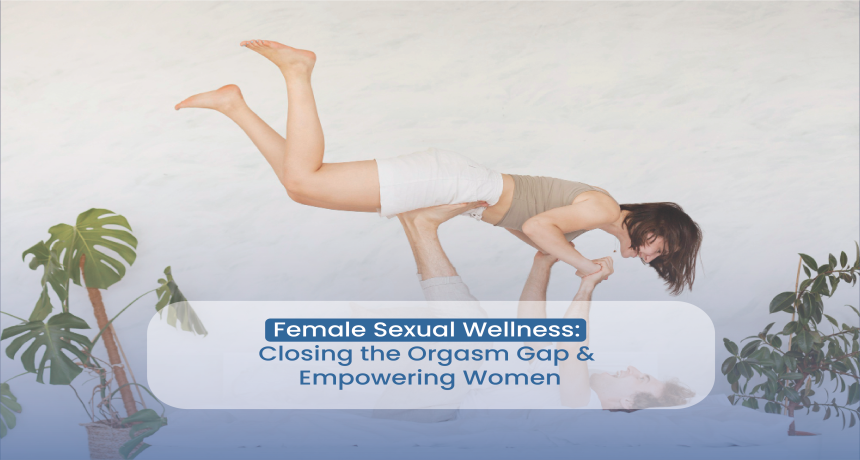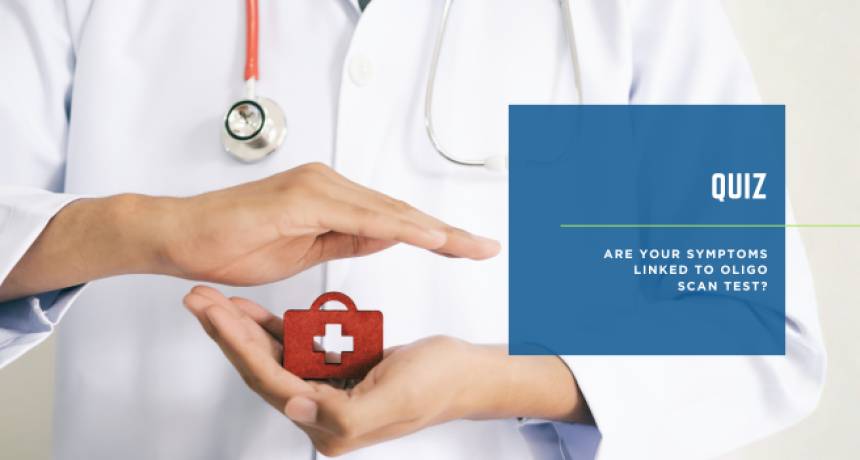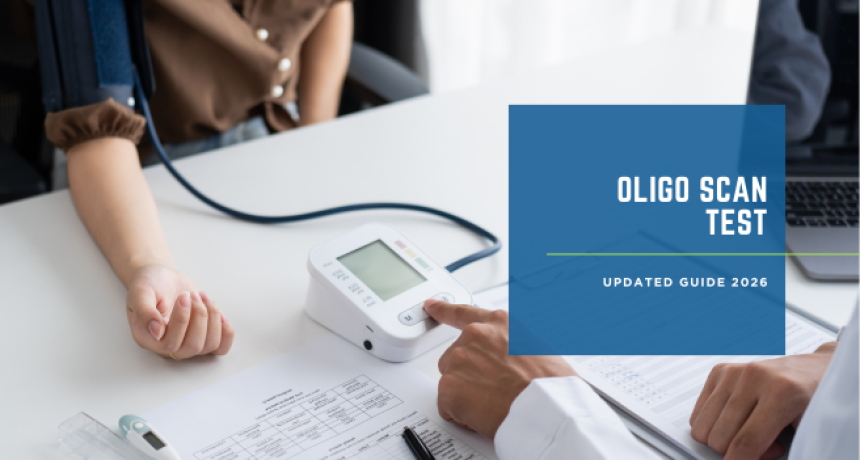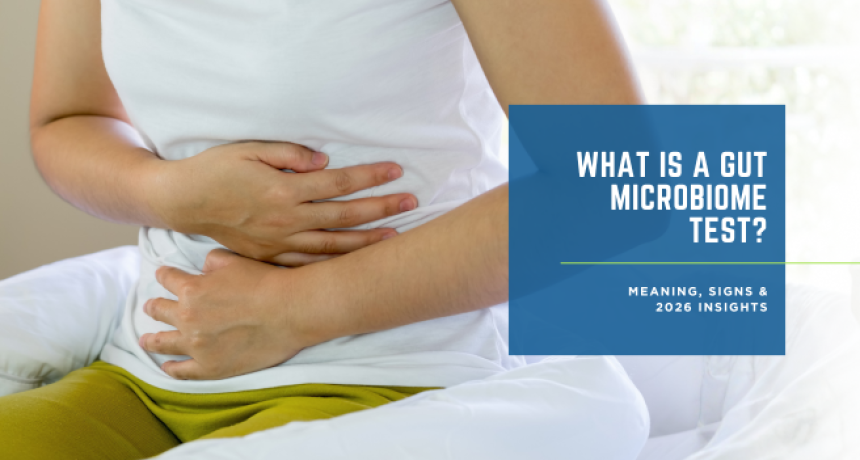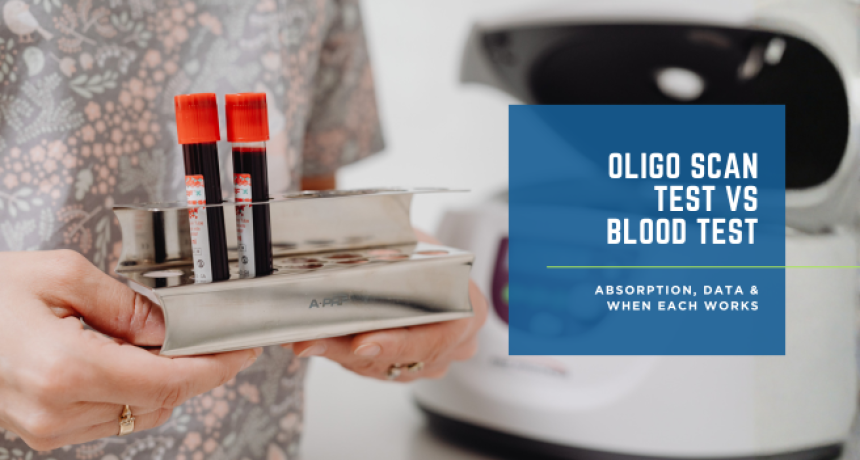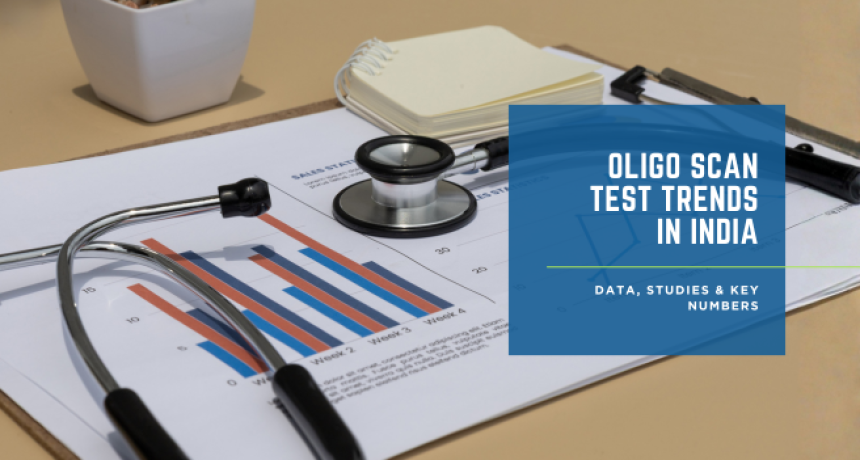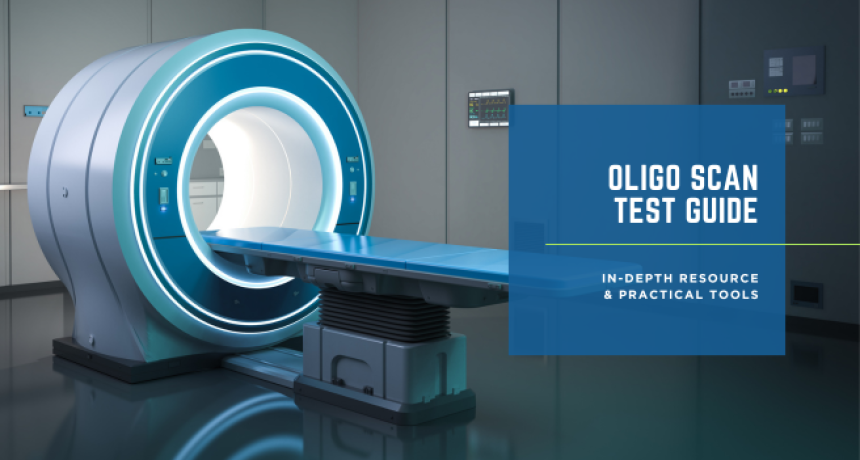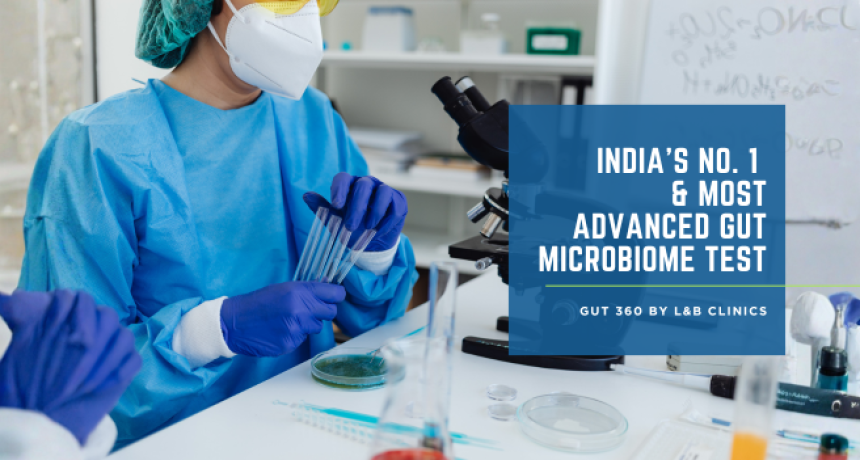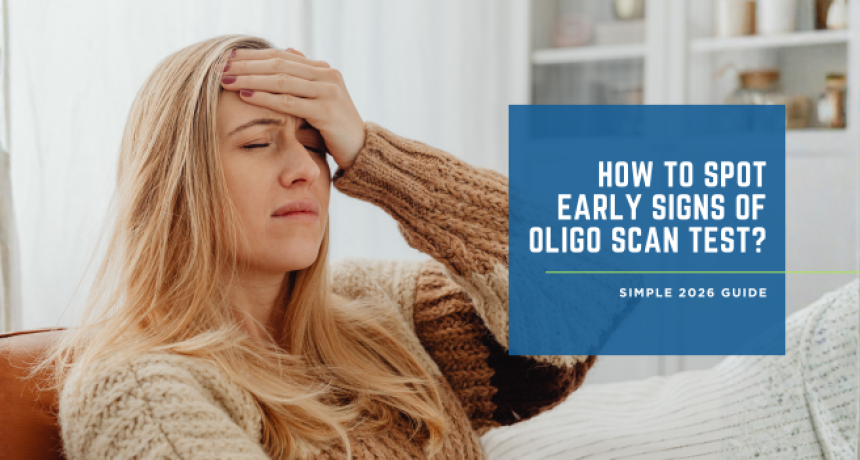Female Sexual Wellness: Closing the Orgasm Gap & Empowering Women
2025-07-22 Women are often taught that sexual pleasure is complicated—or worse, optional. But here’s the uncomfortable truth backed by data: the orgasm gap is real. In a landmark study published in the Journal of Sex & Marital Therapy, only 65% of women reported experiencing an orgasm during partnered sex, compared to 95% of men. This gap doesn’t exist because women are “too complex.” It exists because sexual health for women has been historically under-researched, poorly communicated, and often clouded in shame. At L&B Clinics, we believe it’s time to change that. Female sexual wellness isn’t just about reproductive health—it’s about feeling confident in your body, safe in your relationships, and empowered in your choices. And yes, that includes experiencing fulfilling intimacy. Let’s unpack the myths, dive into the science, and understand how modern approaches—rooted in biology, not taboo—can close the orgasm gap and reignite libido for women at every life stage. Female sexual wellness encompasses more than desire or arousal. It’s the result of a delicate interplay between: Hormones (like estrogen, progesterone, and testosterone) Neurological function Blood flow and vaginal tissue health Psychological and emotional wellbeing Cultural beliefs and relationship dynamics When any of these systems are off balance—due to stress, childbirth, medications, or menopause—sexual satisfaction often takes a hit. But unlike what media portrays, women’s pleasure is not “mysterious.” It’s physiological, emotional, and, above all, valid. The term orgasm gap refers to the discrepancy in climax frequency between men and women, especially in heterosexual relationships. According to research published in Archives of Sexual Behavior: 86% of lesbian women reported orgasming regularly with partners 65% of heterosexual women did 95% of heterosexual men did This stark difference tells us something important: it’s not biology that’s holding women back. It’s education, awareness, communication—and the lack of inclusive, woman-centered sexual health care. That’s why a dedicated, science-backed sexual wellness program for women is essential—not just for libido, but for overall health and wellbeing. Causes Behind Low Libido or Sexual Dissatisfaction in Women Let’s break the silence. Here are common, research-backed reasons behind female sexual health struggles: Perimenopause, menopause, PCOS, postpartum, and birth control pills can all disrupt estrogen, progesterone, and testosterone. Low estrogen leads to vaginal dryness, discomfort, and decreased arousal. Elevated cortisol (stress hormone) suppresses sex hormones and lowers libido. A study from Psychoneuroendocrinology showed women with higher cortisol levels had significantly lower sexual desire. Weak pelvic floor muscles can reduce sensation and cause pain during intimacy. Childbirth trauma, inactivity, or age can all contribute. SSRIs, antihypertensives, and even some allergy meds can impair arousal or orgasm. Trust, communication, past trauma, or anxiety play a significant role in female desire. According to the Journal of Sex Research, emotional closeness is a stronger predictor of orgasm in women than physical stimulation alone. For decades, medical science focused heavily on male sexual function. But recent research has given us deep insights into female arousal: The clitoris has over 8,000 nerve endings—more than any other body part. Yet it’s still left out of most medical textbooks. Arousal in women involves increased blood flow, neurotransmitter release, and vaginal lubrication—all of which can be supported through nutrition, pelvic exercises, stress management, and targeted supplements. Dopamine and oxytocin play a key role in female orgasm. These neurotransmitters are heavily influenced by sleep, mood, and connection. In short: when your mind and body feel safe, pleasure becomes possible. Here’s how women can take control of their sexual health—backed by science and supported by our clinicians at L&B Clinics. Specific herbs and nutrients have been studied for their impact on female libido: Maca Root: Shown to enhance desire and mood in postmenopausal women (Menopause Journal, 2008) Shatavari: Balances estrogen and improves vaginal lubrication L-Arginine & Citrulline: Improve blood flow to the pelvic region, enhancing arousal Omega-3s & Vitamin E: Improve tissue health and reduce inflammation Strengthening pelvic muscles through exercises like Kegels, biofeedback, or physical therapy improves sensation, orgasm control, and reduces discomfort during sex. A randomized trial published in the International Urogynecology Journal found pelvic floor training significantly improved sexual satisfaction in women with pelvic dysfunction. Mind-body practices like sensate focus exercises, body scanning, and non-goal-oriented intimacy reduce anxiety and build arousal naturally. Studies in Journal of Sexual Medicine show that mindfulness improves orgasm quality and frequency, especially in women with sexual dysfunction. Women with estrogen or testosterone deficiencies may benefit from bio-identical hormone support—under expert guidance. At L&B, we conduct detailed hormone mapping to guide personalized care. Sleep deprivation disrupts sex hormones and neurotransmitters Cortisol reduction through adaptogens (Ashwagandha), therapy, or yoga has a proven impact on libido Our Sexual Wellness Program in Delhi is designed to break the stigma around female pleasure and offer: Non-judgmental consultation with clinical experts Hormonal and nutritional diagnostics Natural therapies for libido, lubrication, and arousal Pelvic health physiotherapy Personalized supplement & lifestyle guidance We don’t offer one-size-fits-all solutions. Every woman’s sexual story is different—so her healing must be too. Q: Is low libido normal after 35? Q: I’ve never had an orgasm. Can I still experience one? Q: Is vaginal dryness a part of aging? Priya, 38, had two children and thought she’d “lost interest” in intimacy. “I thought it was just part of motherhood. But once I started pelvic therapy and herbal support at L&B, everything changed. My energy, mood, and desire all came back—and so did my confidence.” Simran, 42, struggled with painful sex post-menopause. “I was embarrassed to even bring it up. But Dr. Krishna made me feel safe and heard. With just 3 months of care, I feel like myself again—for the first time in years.” Female sexual wellness is not a luxury. It’s a sign of physical, emotional, and hormonal health. By acknowledging the orgasm gap, breaking taboos, and embracing science-backed tools—women can reclaim agency over their bodies and experience intimacy on their own terms. If you’ve been feeling disconnected, disinterested, or uncomfortable—it’s not “just in your head.” And you don’t have to stay silent or stuck. At Longevity & Beyond, we see you. We believe your pleasure matters. And we’re here to help you feel alive again—in every sense of the word. Archives of Sexual Behavior (2017) – Orgasm Gap in Heterosexual Relationships Menopause Journal (2008) – Maca Root and Female Desire Psychoneuroendocrinology (2009) – Cortisol and Sexual Arousal International Urogynecology Journal (2015) – Pelvic Floor Therapy and Female Sexual Function Journal of Sexual Medicine (2012) – Mindfulness and Female Orgasmic Function American Journal of Obstetrics and Gynecology (2010) – Vaginal Atrophy and Omega-3 NIH National Center for Complementary and Integrative Health – Herbal Supplements for Women’s HealthThe Truth No One Talks About Enough
What Is Female Sexual Wellness?
Understanding the Orgasm Gap: It’s Not in Your Head
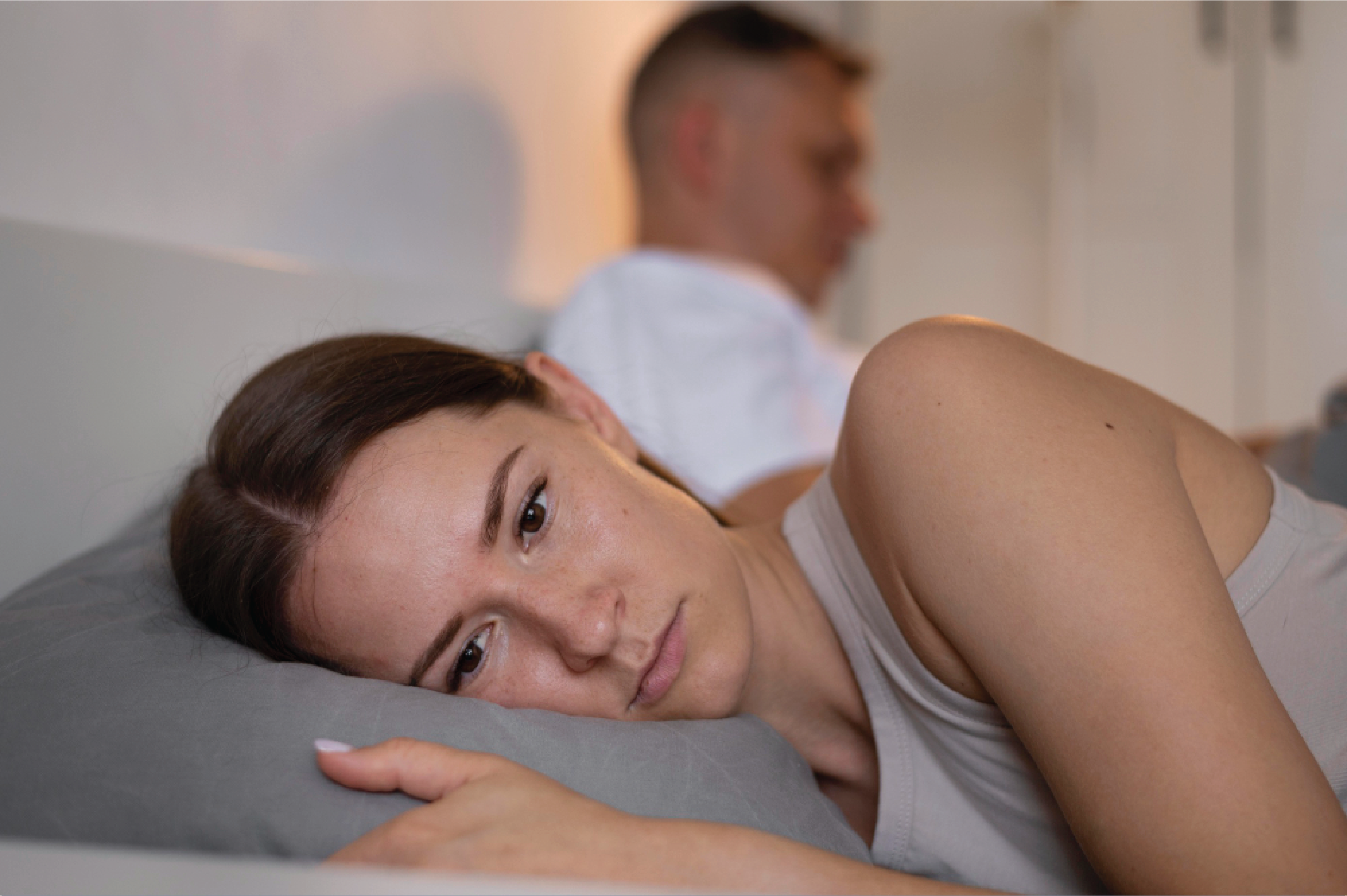
1. Hormonal Changes
2. Chronic Stress & Cortisol
3. Pelvic Floor Dysfunction
4. Medication Side Effects
5. Relationship Dynamics & Mental Health
The Science of Female Arousal: Not So Mysterious
Strategies to Improve Female Libido & Close the Orgasm Gap

🔹 1. Targeted Nutritional Supplementation
🔹 2. Pelvic Floor Therapy
🔹 3. Sexual Mindfulness & Sensate Focus
🔹 4. Hormonal Support
🔹 5. Stress & Sleep Optimization
L&B Clinics’ Sexual Wellness Program in Delhi: A Safe Space for Women

Dr. Deepika Krishna’s Expert Corner
🩺 Dr. Krishna: “It’s common, but not something you have to accept. Hormonal changes, thyroid shifts, and stress play a role. We often help women in their 30s and 40s revive their libido naturally with customized care.”
🩺 “Absolutely. Many women explore orgasm later in life. With the right awareness, pelvic training, and emotional support, it’s completely possible.”
🩺 “It’s common, yes—but very treatable. We use omega-rich diets, natural supplements, and hormone-balancing tools to restore moisture and comfort.”Real Stories, Real Change
Final Thoughts: Female Pleasure Is a Vital Sign
Sources
.png)
